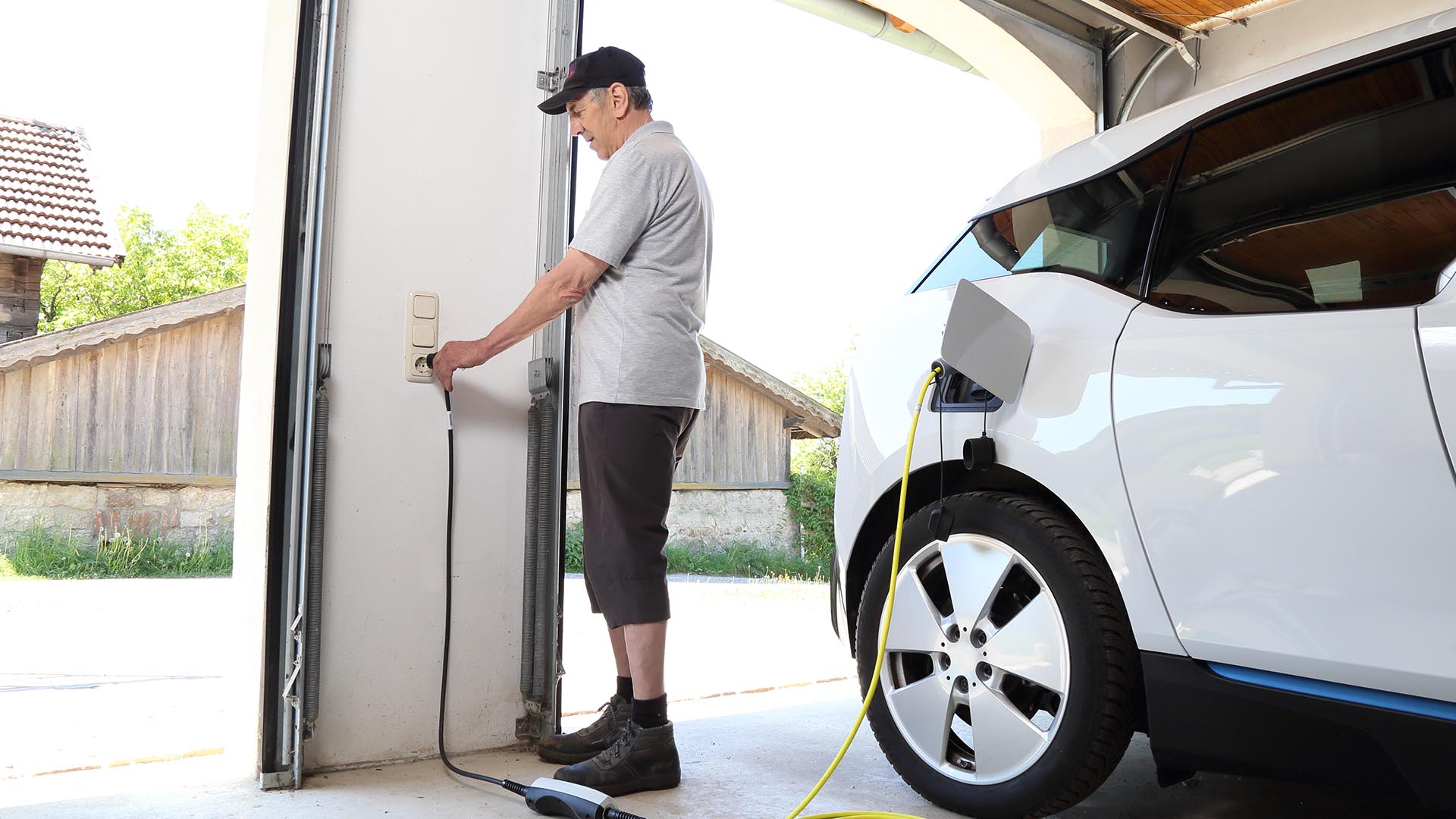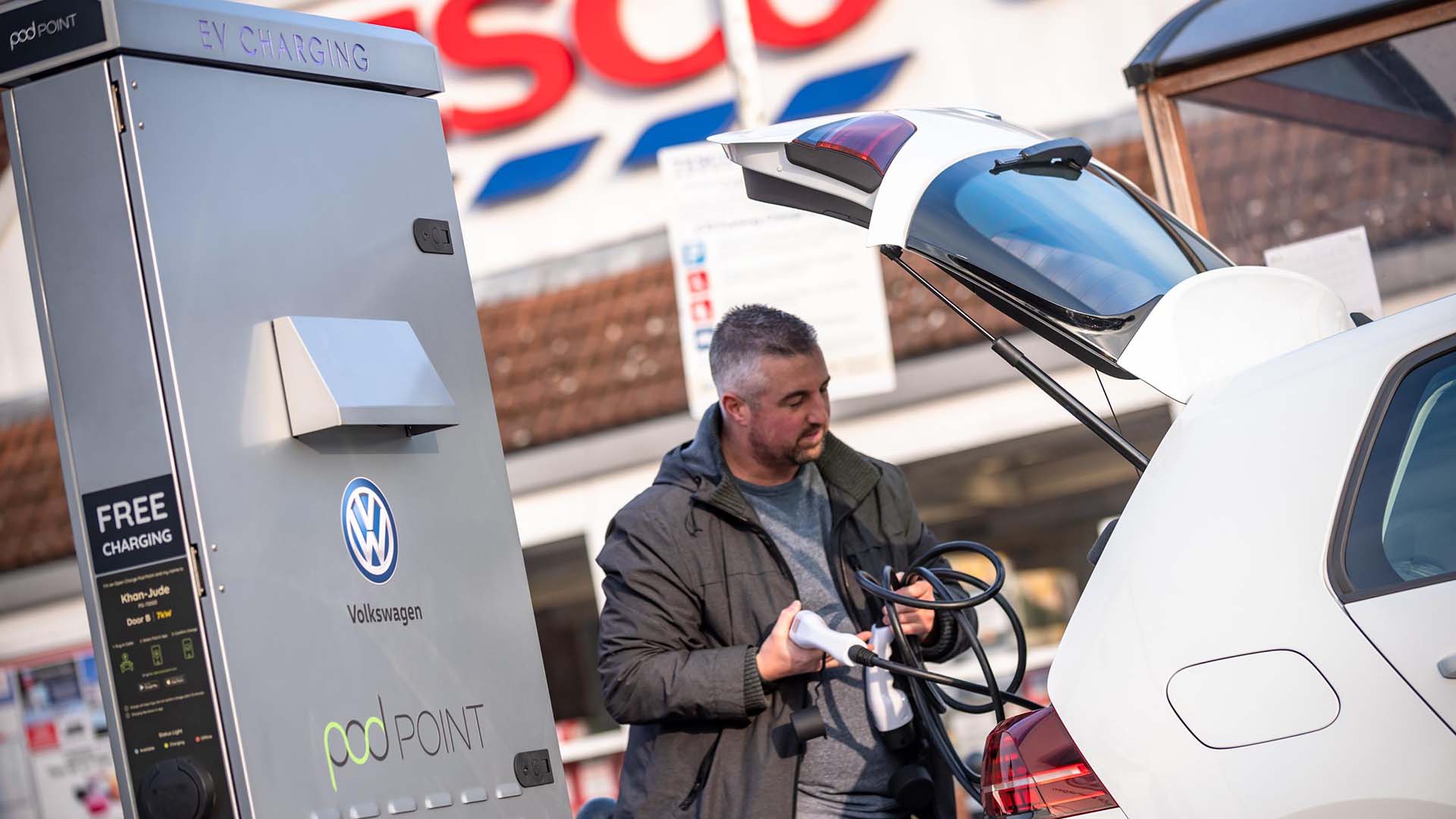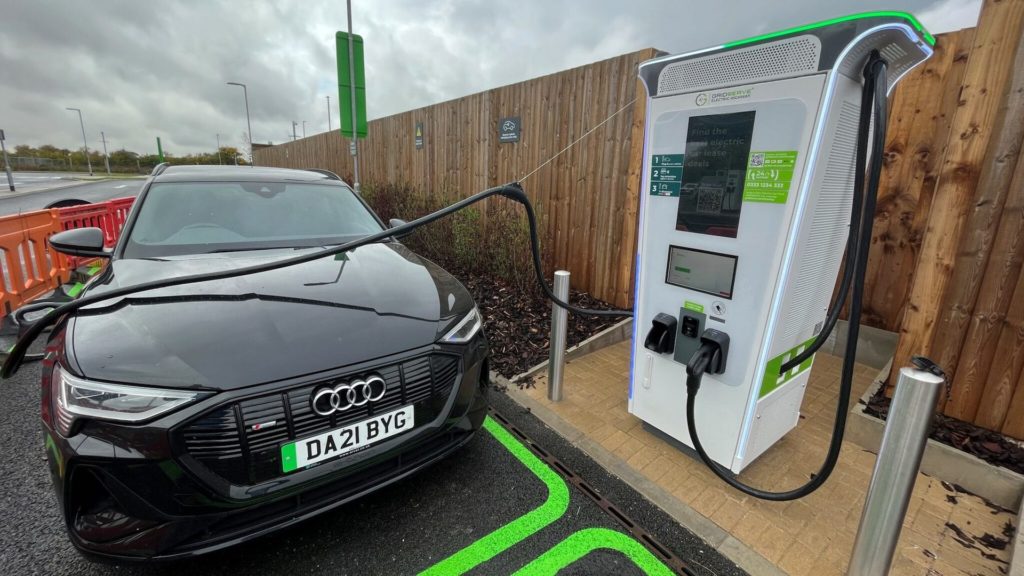The latest stats from Zap-Map show the UK had 53,906 public electric car chargers at the end of 2023 – a 45 percent increase over the total for 2022. Of these, nearly 20 percent (10,497) were rapid or ultra-rapid devices.
Recent years have seen increased investment in high-speed public chargers, which should give EV owners more confidence to tackle long journeys. Electric cars accounted for 19.7 percent of the new car market in 2023, with plug-in hybrids making up a further 8.6 percent.
So what is the difference between slow, fast, rapid and ultra-rapid charging? Essentially, they all do the same thing – charge an electric car – but as the names suggest, the speed of charging varies according to the connector type.
Electric cars require a direct current (DC). If you charge using a domestic socket, the alternating current (AC) is converted to DC by the vehicle. Fast chargers do this conversion before the electricity reaches the car, speeding up the charging time. Rapid and ultra-rapid chargers (with one exception) also supply DC current straight to the car.
Slow charging

In the early days of EV adoption – until around 2012, let’s say – slow chargers dominated the public network. Today, you’re more likely to find them in home or workplace locations, where cars can be left on charge for longer periods.
The majority of slow charging points are rated at 3.6kW and will recharge an electric car in eight to 12 hours. This makes them suited to overnight charging, or when you’re in the office for a full day of work.
Although it’s possible to slow-charge an electric car using a domestic three-pin plug socket, we strongly recommend installing a home wallbox. Not only is this safer, you’ll also see much faster charge times.
Alternatively, some lamp-post installations will charge at 6kW, which could be useful if you don’t have off-street parking at home.
There are four slow charger connector types:
- Three-pin domestic plug socket (3kW)
- Type 1 (3-6kW AC)
- Type 2 (3-6kW AC)
- Commando (3-6kW AC)
You can expect to pay around £800 for a 3.6kW home charger, although people who live in flats or rented properties can claim back 75 percent of the cost – up to a maximum of £350. Find out more about the government’s EV chargepoint grant here.
Fast charging

Fast chargers are the most common connectors in the UK, accounting for more than half of the charging network. The majority of fast chargers are rated at 7kW, but 22kW chargers are also available.
These tend to be found in locations where vehicles are parked for longer periods of time, such as car parks, supermarkets, leisure centres and retail outlets. A 7kW home charger will deliver charging speeds three times faster than a domestic plug, while a 22kW charger will be 10 times faster.
Charging times vary depending on the unit and electric car in question, but a 7kW charger should deliver a full charge in four to six hours. A 22kW unit will complete the task in between one and two hours. The network features both tethered (cable attached) and untethered (use your own cable, supplied with the car) charging points.
Bank on spending about £1,000 on a home 7kW unit, or £1,500 on a 22kW charger (including installation but excluding any chargepoint grant reduction).
There are three fast charger connector types:
- Type 1 (7kW AC)
- Type 2 (7-22kW AC)
- Commando (7-22kW AC)
Rapid and ultra-rapid charging

Rapid chargers are the fastest way to charge your electric car. You tend to find them at motorway service areas or locations close to major roads. They can deliver up to 80 percent charge in just 20 minutes, but an hour probably is a more realistic figure.
A rapid charger will provide power at between 43kW and 50kW, while an ultra-rapid charger delivers either 100kW, 150kW or 350kW. The most common rapid charger in the UK is the 50kW device.
Car manufacturers often refer to an ‘80 percent’ charge time in sales material. The reason is that rapid chargers have an automatic cut-off at this point to protect the life of the battery.
The cable is tethered to the charging unit and only cars with rapid-charging functionality can use these devices. You cannot have a rapid charger installed at home.
There are four types of rapid charger connector types:
- Type 2 (43kW AC)
- CHAdeMO (50kW DC)
- CCS (50-350kW DC)
- Tesla Type 2 (150kW DC)
ALSO READ:
EV MPG: what is miles per kWh for electric cars?
What is Plug & Charge for electric cars?
What happens when an electric car runs out of battery charge?


[…] Jaguar I-Pace is compatible with public fast chargers as well: a 50kW unit adds 39 miles in 15 minutes; a 100kW charger adds 78 miles in 15 […]
[…] thanks to improved aerodynamics, gives a 201-mile driving range. The new Mokka-e is ready to use 100 kW rapid chargers, which will provide an 80 percent charge in just 30 minutes. With the more commonplace 50 kW […]
[…] 600th store milestone also coincides with the roll-out of 75kW rapid chargers. This is the first time Pod Point has installed them at Tesco stores, complementing the existing […]
[…] seven EV chargers will be housed beneath a separate canopy to the petrol station forecourt, and offer charging speeds of up to […]
[…] buyers also get a six-month subscription to BP Pulse, while support for up to 100kW rapid charging means an 80 percent charge can be achieved in 30 […]
[…] adaptive suspension is fitted, and the Everrati offers AC and DC fast charging capability. With a full battery, the car’s range is said to exceed 200 […]
[…] help make the switch, the government is investing £1.3 billion to roll out more electric vehicle charging points for homes, streets and trunk […]
[…] performance will see Formula E racers top 200mph for the first time, with ultra-rapid 600kW chargers allowing for mid-race pit stops to add […]
[…] quickly towing an 1,800kg trailer will drain the battery. However, when connected to the fastest compatible charging device, replenishing the battery from 10-80 percent will take 26 […]